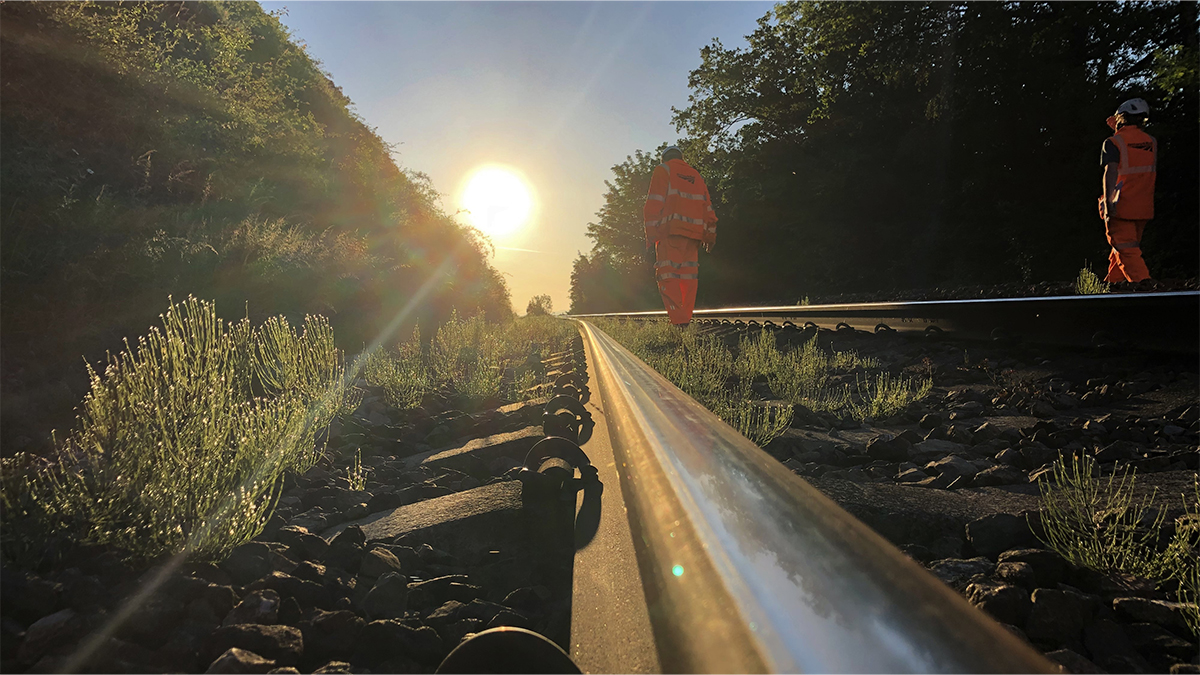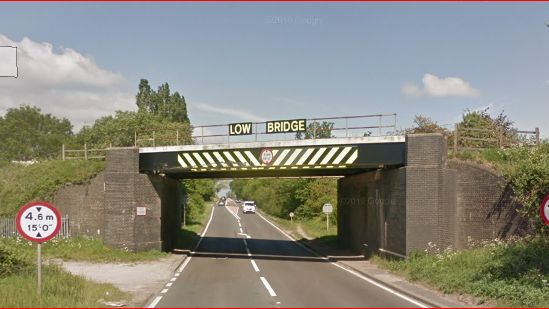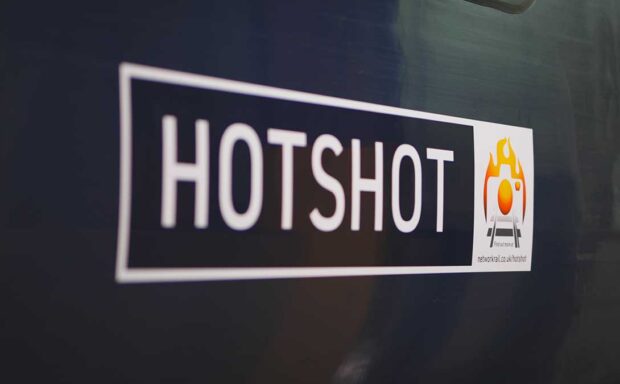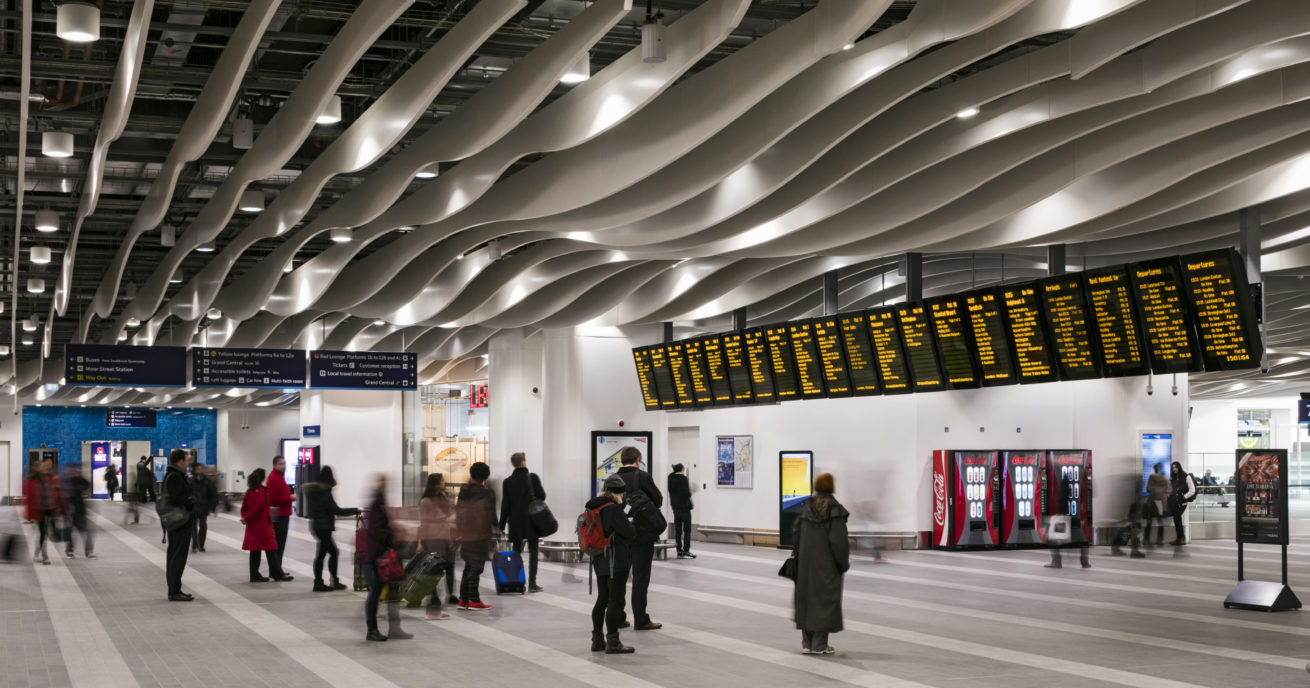The mercury’s rising – and we’re working hard behind the scenes to keep you moving safely and reliably.
Hot weather can pose serious challenges to the railway, but our careful planning, smart technology and clear communication mean we’re ready to respond to the heat.
Why hot weather affects the railway
Steel rails expand in the heat, and they can become dangerously hot when temperatures soar – up to 20 degrees hotter than the air. This can cause the rails to buckle, which in extreme cases could derail a train.
We sometimes need to use speed restrictions to slow down trains and prevent this from happening. We even carry out emergency maintenance work to repair broken track.
Similarly, heat can cause the overhead lines that power electric trains to expand and sag. When this happens the wires can get caught in the train’s pantograph – equipment on the roof of the train that draws electricity from the overhead lines. So again, we may need to slow down trains to avoid damaging them.
Delays are sometimes inevitable, but we do a lot of work in advance to avoid these measures until absolutely necessary. Here are five steps we take to prepare for the heat:
Adjusting our track and overhead lines
Our preparations for summer usually begin a few months in advance.
We begin by adjusting the height and tension of our overhead power lines to help prevent them from sagging in the heat.
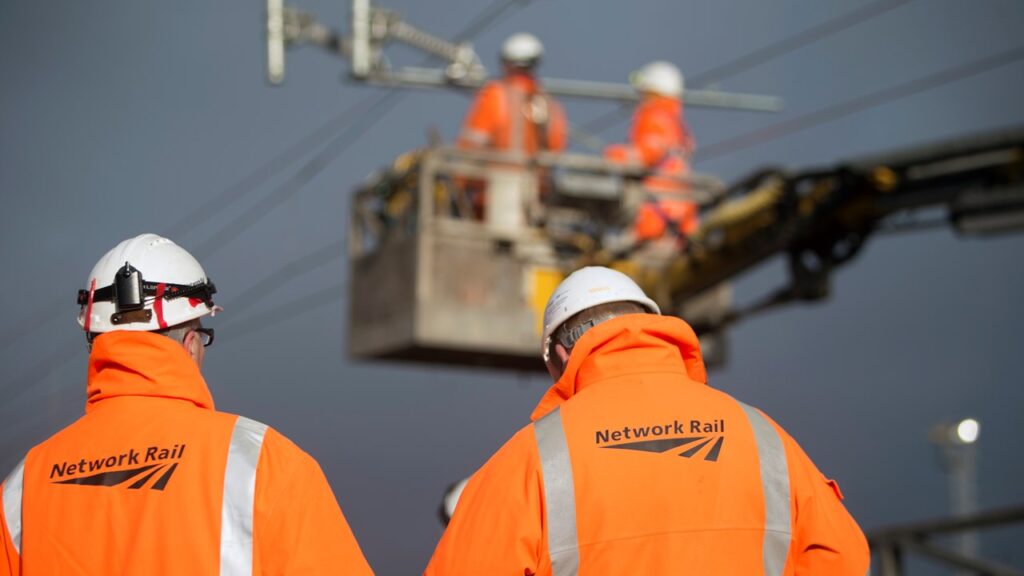
We also leave gaps between small parts of rail to allow them room to expand in the heat and prevent them from buckling.
Painting tracks white to keep it cooler
We thoroughly check the track in the run up to the summer – looking for any rails that are vulnerable to heat.
Out teams will then paint the hot spot sections of track white. This helps the rails absorb less heat – by up to 10 degrees – and keeps them cooler.
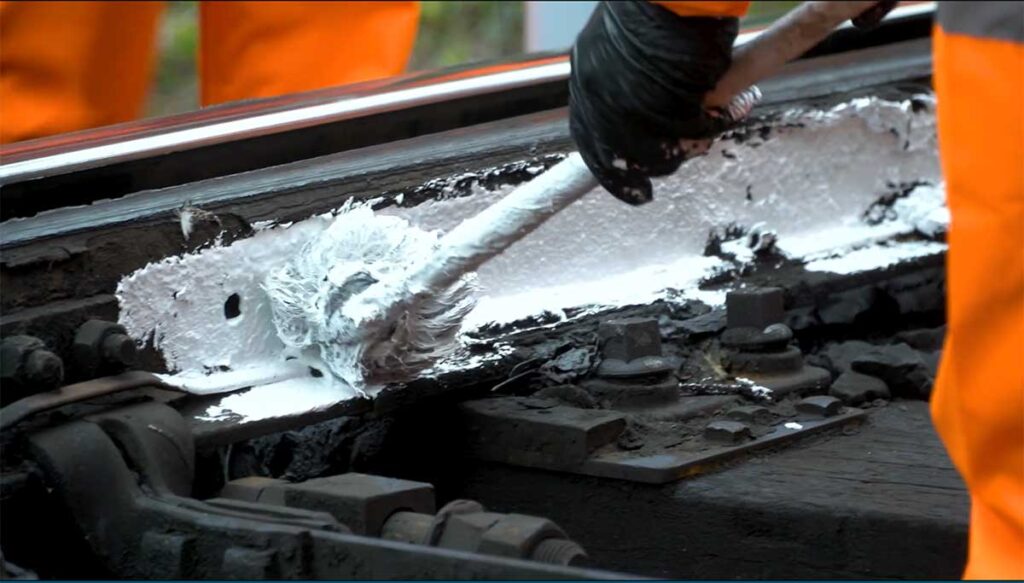
And we’ll fix any track faults to lower the chances of track-related faults disrupting your journeys.
Smart monitoring to reduce disruption
On the hot days, we’ll keep a close eye on the temperature of our rails with the help of remote temperature sensors. The sensors take accurate and frequent readings and send alerts if a section is close to overheating.
This in turn allows us to apply more targeted speed restrictions on only those sections of track that need it. It means we can keep more of the railway open and your journeys on the move.
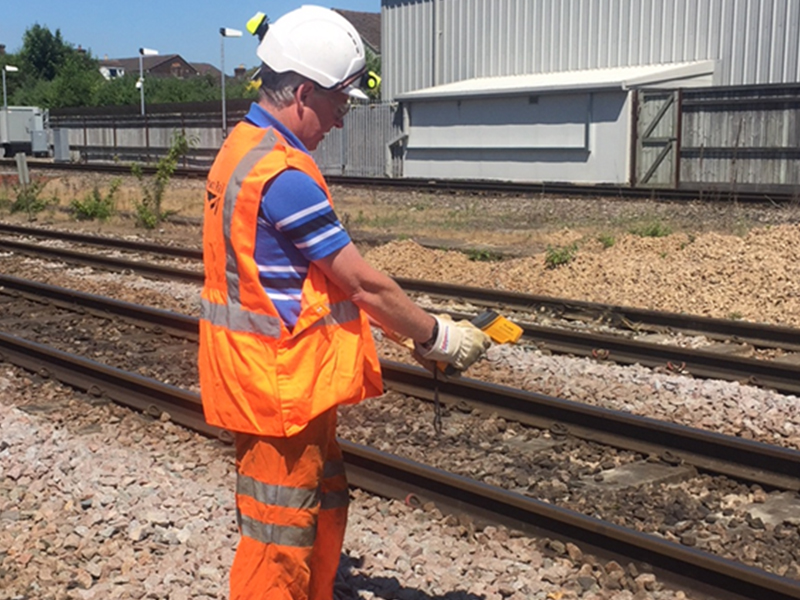
Planning ahead with weather alerts
We also activate our extreme weather action teams whenever a heatwave is likely. These teams bring together engineers, train and freight operators and communications specialists to coordinate our response.
We use forecasting alerts from our weather forecasting partner MetDesk and our own forecasting tools to assess the risks and decide on the best course of action. This may be adjusting train timetables, placing extra staff on the ground or issuing travel advice.
And we know that clear, timely information makes a big difference. That’s why our summer campaign begin a few weeks ahead of summer. We use posters, digital screens and social media updates to help you prepare and warn you if disruption is likely.
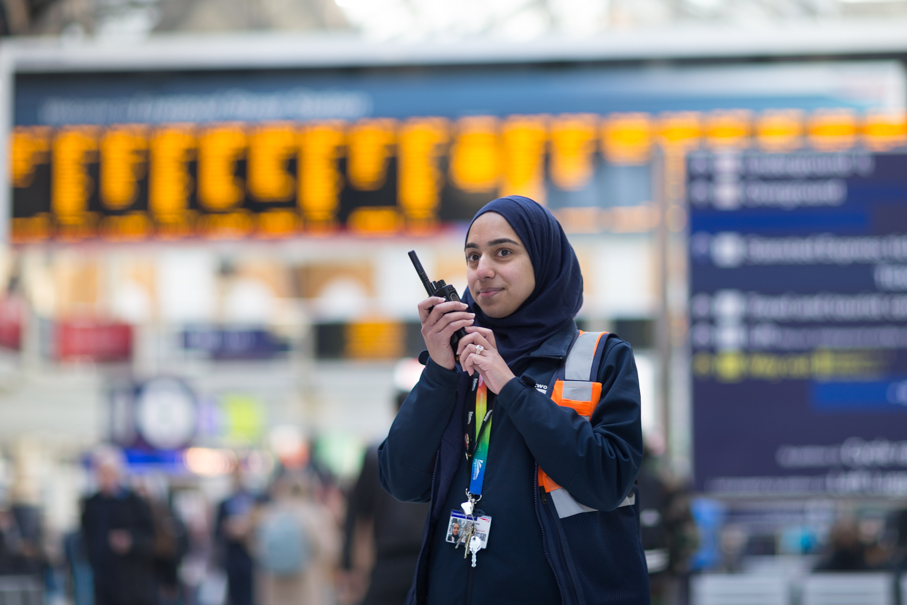
Looking ahead
Climate change means extreme weather events like heatwaves are becoming more frequent. That’s why we’re not just reacting – we’re adapting. Our long-term strategies include strengthening our infrastructure, improving drainage and investing in better technology.
For example, we’ve worked with MetDesk to develop a new weather management tool that helps us better prepare for heavy summer rain. The convective alerting tool shows us more accurately where and when summer storms will hit our railway so that we prepare earlier and keep you moving.
